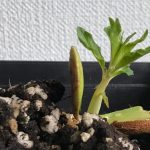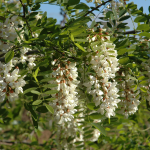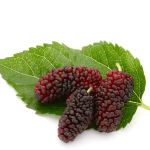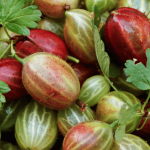Grow Your Own Delicious Cherries: Short How-To Guide
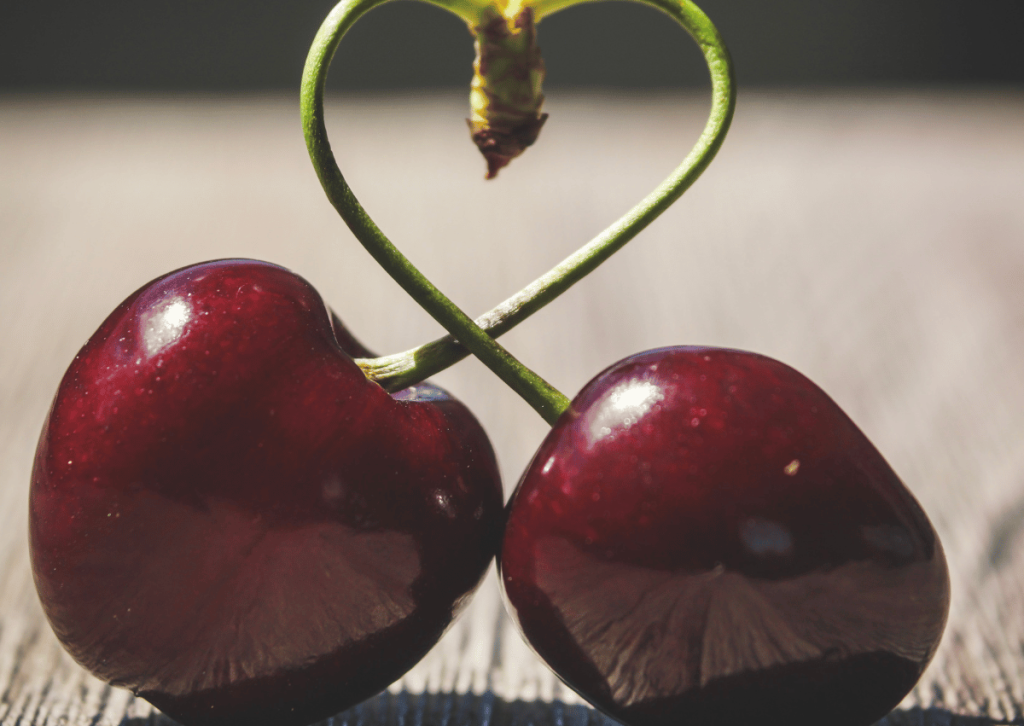
Cherries are delicious and healthy fruit that can be grown in a variety of climates. Whether you are an experienced gardener or just starting out, growing and harvesting cherries can be a rewarding and enjoyable experience. In this article, we will provide an in-depth guide on how to grow and harvest cherries, from choosing the right variety to caring for your trees and picking the ripe fruit.
Introduction
Cherries are highly nutritious fruit that is rich in vitamins and minerals, making them an excellent addition to a healthy diet. They are also versatile fruit that can be used in a variety of dishes, from pies and jams to salads and smoothies. Growing your own cherry trees can be a great way to enjoy the benefits of fresh cherries, and it can also be a rewarding hobby.
In this article, we will provide a detailed guide on how to grow and harvest cherry trees. We will cover everything from choosing the right variety of cherry tree for your climate, to caring for your trees, and harvesting the ripe fruit. By the end of this article, you will have all the information you need to successfully grow and harvest your own cherry crop.
Cherry Trees are not Suitable for Warmer Climates
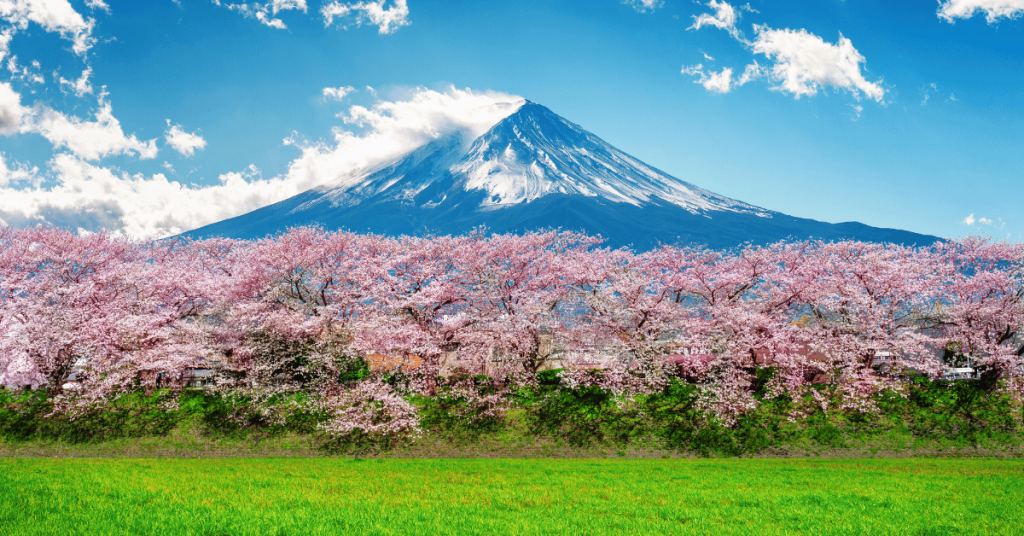
It’s important to note that cherry trees have specific temperature requirements and are not suitable for areas with warmer climates. Because cherry trees require a certain number of chilling hours each year to break dormancy and produce fruit, they cannot survive in tropical areas. However, cherry trees thrive in most temperate latitudes and have a short growing season, typically blooming in April and reaching peak harvest season in the summer. In the Southern Hemisphere, cherries are usually harvested in late December and are widely associated with Christmas. Whether you’re in the Northern or Southern Hemisphere, cherry trees are a great addition to any garden as long as the climate is appropriate.
Choosing the Right Cherry Variety
Choosing the right cherry variety is an important step in the process of growing and harvesting cherries. There are several different types of cherries, each with their own unique characteristics and growing requirements.
Two main types of cherries
Sweet Cherries
Sweet cherries (Prunus avium) are the type that is commonly found in grocery stores, and they are generally eaten fresh or used in desserts.
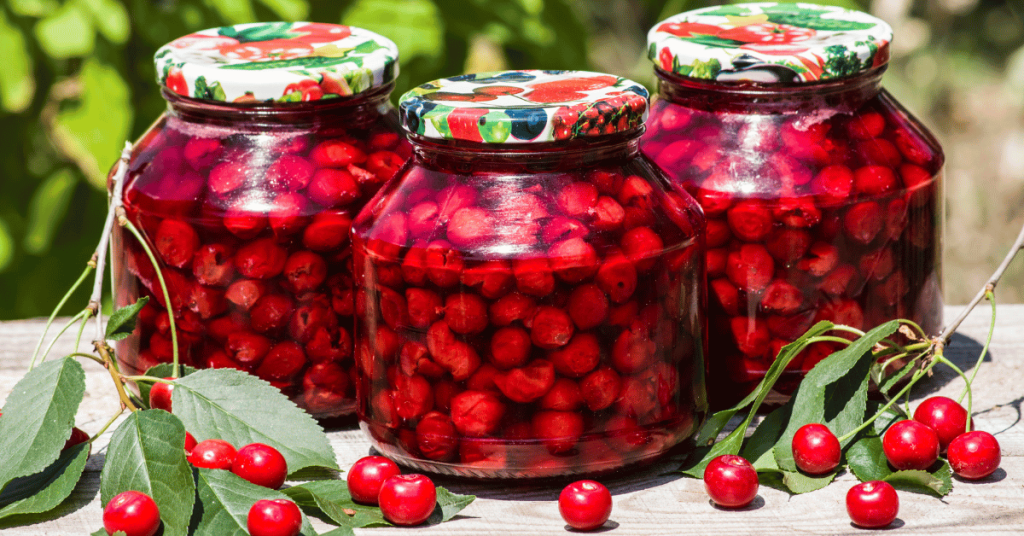
Sour Cherries.
Sour cherries (Prunus cerasus) , on the other hand, are used primarily for cooking and canning.
When selecting a cherry tree, it is important to choose a variety that is suited to your particular climate. Cherry trees require a certain number of chill hours each winter in order to produce fruit, so it is important to choose a variety that is adapted to your local climate.
Other factors to consider when selecting a cherry tree include the tree’s size at maturity, the quality of the fruit, and the disease resistance of the variety. Some popular sweet cherry varieties include Bing, Rainier, and Stella, while popular sour cherry varieties include Montmorency and Morello.
Preparing for Planting
Before planting your cherry trees, it is important to choose a suitable location. Cherry trees prefer a location with full sun exposure and well-drained soil. They should also be planted in an area that is protected from strong winds and late spring frosts, which can damage the delicate blossoms.
Once you have selected a suitable location, it is important to prepare the soil for planting. Cherry trees prefer a soil that is slightly acidic, with a pH between 6.0 and 6.5. The soil should be well-drained and rich in organic matter, which can be achieved by incorporating compost or well-rotted manure into the soil.
When planting your cherry trees, it is important to follow proper planting techniques. Dig a hole that is wide enough to accommodate the tree’s root ball, but not too deep. The top of the root ball should be level with the soil surface. Water the tree thoroughly after planting, and add a layer of mulch around the base of the tree to help retain moisture.
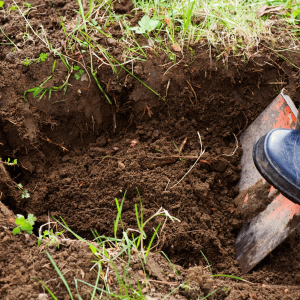
Caring for Your Cherry Trees
Caring for your cherry trees is essential to ensure a healthy and productive crop. Cherry trees require regular watering and fertilizing, as well as proper pruning and shaping to maintain their shape and encourage fruit production.
Cherry trees should be watered deeply once or twice a week, depending on weather conditions. They should also be fertilized with a balanced fertilizer in the spring and early summer, and again in the fall after the harvest.
Pruning and shaping your cherry trees is important to maintain their shape and encourage fruit production. Pruning should be done in late winter or early spring, before the tree begins to leaf out. This involves removing any dead, diseased, or crossing branches, as well as shaping the tree to a desired form.
Cherry trees are susceptible to a variety of diseases and pests, including brown rot, cherry leaf spot, and birds. Preventive measures can be taken to avoid these problems, such as planting disease-resistant varieties, using proper pruning techniques, and covering the tree with netting to protect the fruit from birds. Cherries grow in the wild and a lot of my neighbors got cherry trees, so birds absolutely know how well they taste. Lots of fruit were lost before we bought nets..
Cherry Tree Harvesting
Knowing when to harvest your cherries is essential to ensure the best possible flavor and texture. Sweet cherries are typically harvested in early to mid-summer, while sour cherries are harvested in mid to late summer.
Cherries should be harvested when they are fully ripe and have developed their full color. This can be determined by gently squeezing the fruit to check for firmness. Cherries can be picked by hand, using a ladder or picking tool, or with the help of a mechanical harvester.
After harvesting, cherries should be handled with care to avoid bruising and damage to the fruit. They should be stored in a cool, dry place and consumed or processed as soon as possible to maintain their freshness.
Frequently Asked Questions (FAQs) about Cherry Trees
How long does it take for a cherry tree to bear fruit?
Most cherry trees will begin to bear fruit 3-5 years after planting, depending on the variety and growing conditions.
How often should I water my cherry trees?
Cherry trees should be watered deeply once or twice a week, depending on weather conditions.
What is the best time of year to plant cherry trees?
Cherry trees should be planted in the late fall or early spring, when the soil is moist and workable.
How do I prevent birds from eating my cherry crop?
Covering your cherry tree with netting can help to protect the fruit from birds. It is important to cover the tree as soon as the fruit begins to develop, and to remove the netting after the harvest to avoid damaging the tree.
Can I grow cherry trees in containers?
Yes, cherry trees can be grown in containers, which is a great option for those with limited space or who live in apartments. It is important to choose a dwarf variety that is suitable for container growing, and to ensure that the container is large enough to accommodate the tree’s root system.
How do I know when my cherries are ripe?
Cherries should be harvested when they are fully ripe and have developed their full color. This can be determined by gently squeezing the fruit to check for firmness. Fully ripe cherries will have a slightly soft feel.
How do I prune my cherry tree?
Pruning should be done in late winter or early spring, before the tree begins to leaf out. This involves removing any dead, diseased, or crossing branches, as well as shaping the tree to a desired form. It is important to use sharp, clean pruning shears and to make clean cuts to avoid damaging the tree.
Can I grow cherry trees from seeds?
Cherry trees can be grown from seeds, but it is not recommended as the resulting trees may not produce fruit that is similar in quality to the parent tree. It is recommended to purchase a grafted tree from a reputable nursery.
How do I fertilize my cherry trees?
Cherry trees should be fertilized with a balanced fertilizer in the spring and early summer, and again in the fall after the harvest. It is important to follow the manufacturer’s instructions for the amount and frequency of application.
How do I know if my cherry tree has a disease?
Cherry trees are susceptible to a variety of diseases and pests, including brown rot, cherry leaf spot, and birds. Signs of disease can include leaf discoloration, leaf drop, or fruit that appears damaged or diseased. It is important to take preventative measures, such as planting disease-resistant varieties and practicing proper pruning techniques, to avoid disease problems.
Conclusion
Growing and harvesting cherry trees can be a rewarding experience, but it requires proper planning and care to ensure a healthy and productive crop. By selecting a suitable location, choosing the right variety, and following proper planting, pruning, and harvesting techniques, you can enjoy the delicious flavor of homegrown cherries. By taking the time to care for your cherry trees, you can ensure a bountiful harvest year after year.
Extend Your Cherry-Growing Knowledge with Our Comprehensive Guide
If you’ve enjoyed our how-to guide on growing your own delicious cherries and are eager to expand your repertoire of fruits and berries suitable for Scandinavian gardens, our Top 10 Berries and Fruits for Scandinavian Gardens: A Comprehensive Guide is an indispensable resource.
This guide will provide you with a broader understanding of the fruits and berries that can flourish in your garden, complementing your newfound expertise in cherry cultivation.
Why This Guide is the Perfect Follow-Up:
- Varietal Choices: Learn about other fruits and berries that can be grown alongside cherries, offering a diverse and colorful harvest.
- Cultivation Tips: Gain advanced insights into the planting, care, and harvesting of a variety of fruits and berries, adding depth to your cherry-growing knowledge.
- Sustainability: Discover fruits and berries that align with eco-friendly and sustainable gardening practices, enhancing your commitment to responsible agriculture.
Don’t miss the opportunity to further your gardening skills and diversify your fruit and berry options. Read the Comprehensive Guide Now.

